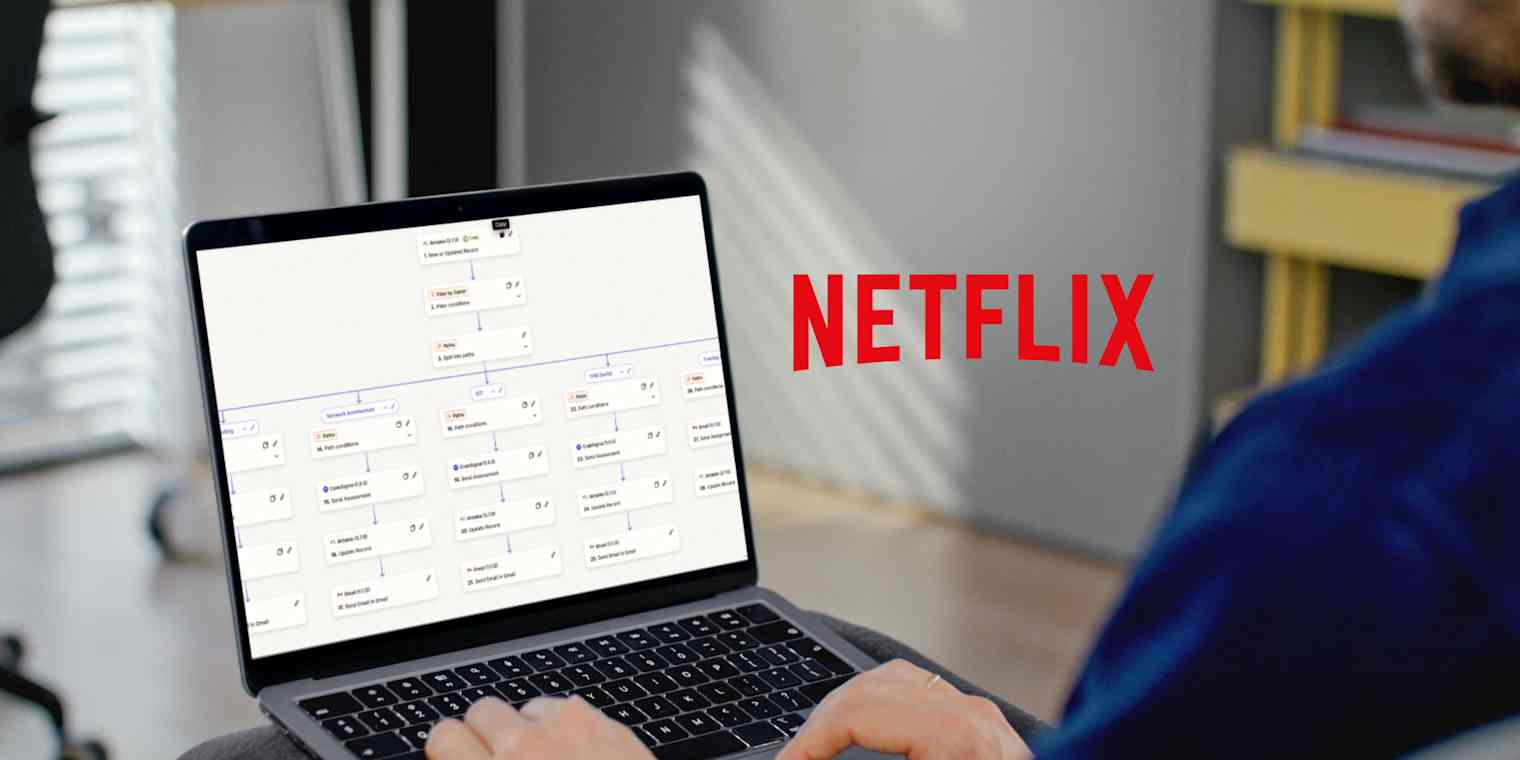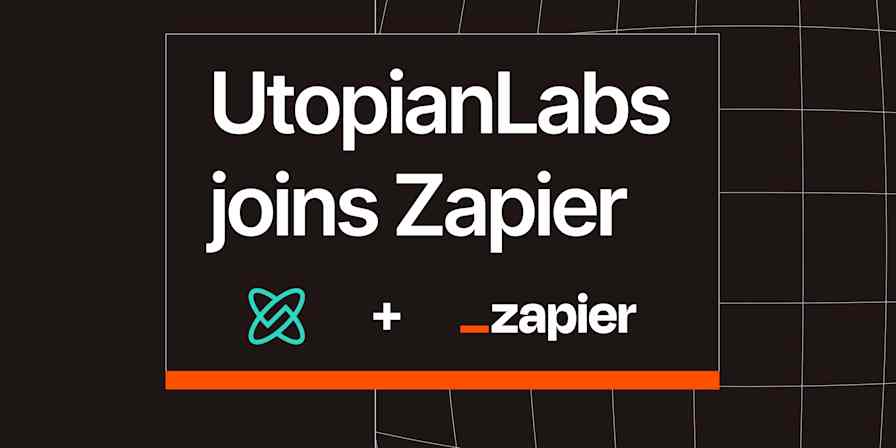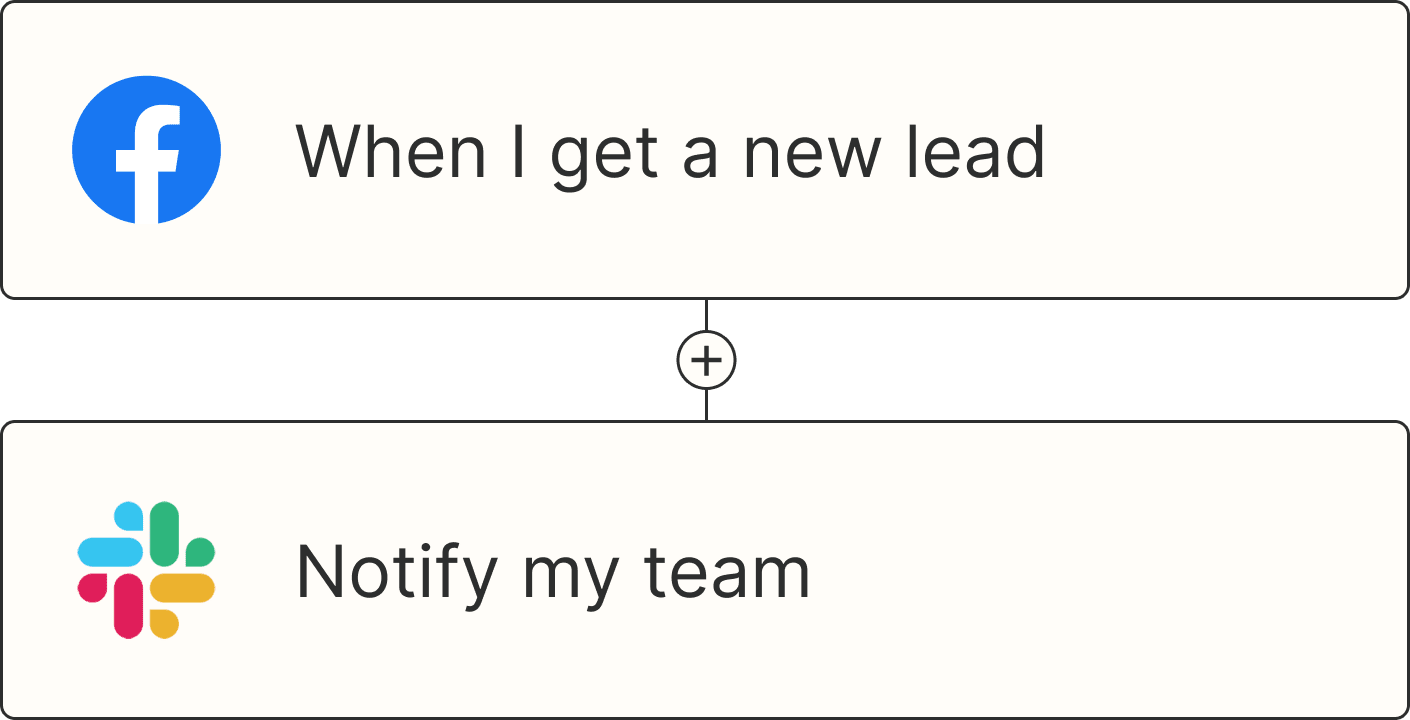Tracy St.Dic, Global Head of Talent at Zapier, sat down with Justin Yan, Program Manager for HR Technology at Netflix, to tackle two questions: “How does automation and AI actually change the way we approach recruiting? And what does that mean for the profile and skills we need in the next generation of Talent Acquisition (TA) teams?”
Tracy and Justin brought different perspectives, one from an 800-person high-growth tech company and the other from a global entertainment brand with 14,000+ employees. Throughout the conversation, they quickly found surprising overlap in how they think about scale, efficiency, and building talent systems that last.
From scaling intern hiring without an Application Tracking System (ATS) to reimagining recruiter roles as builders and systems thinkers, this conversation was full of practical insights and real-world workflows.
1. Efficiency isn’t the enemy of empathy
Both teams shared that they manage thousands of applicants per role. And in that volume, it’s easy to assume automation would come at the cost of human connection.
But Tracy and Justin shared the opposite: automation was the unlock that let them be more human, more often.
At Netflix, Justin used Zapier and Airtable to build a fully automated early talent hiring system that handled 100,000+ applications, without an ATS. The process automatically delivered personalized candidate updates at each stage, including rejections that were so thoughtful they often received thank-you replies.
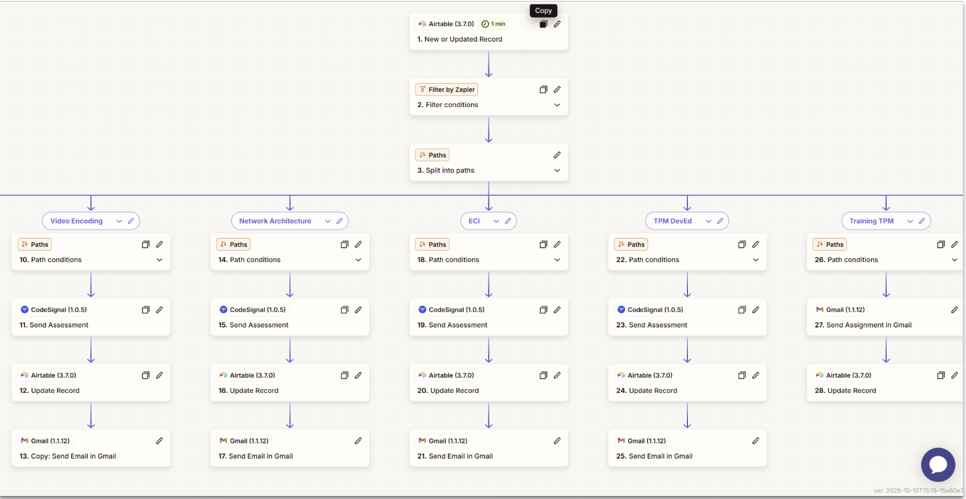
“We wanted to have an experience that felt good for everyone that came through our process—whether they got rejected or got an offer,” said Justin. “The automation handled the touchpoints so we could still deliver a great experience.”
Justin was able to build this workflow in under a week, and since it was made without engineering time, he could update and improve it over time.
“Anything we wanted at any moment in time, we could build instantly. No wait time. No admin load. That’s what made it so efficient," said Justin.
At Zapier, Tracy’s team also uses AI and Zapier to bring more of the human touch to recruiting by:
Sending candidates custom content follow-ups based on their motivations and interests
Drafting personalized outreach emails from interview transcripts
Automating internal handoffs so recruiters can focus on connection, not logistics
“When used well, automation actually makes hiring more personal,” Tracy said. “Empathy doesn’t mean inefficiency.”
2. Treat your recruiting process like a product
One of the biggest mindset shifts both leaders championed was treating recruiting like product development. Justin and Tracy lean into a mindset of build, iterate, and test to improve their teams' processes, just like you would with a product.
When Netflix lost access to an enterprise mentorship tool, Justin opted to build an in-home version using Zapier, Airtable, and Slack. It's fully customizable, easier to manage, and completely integrated into existing workflows.
“You don’t always need to buy a tool,” Justin said. “Sometimes, you just need to build one that works the way you do.”
Tracy shared how Zapier took the same approach. Their hiring plan workflow uses Slack, Google Sheets, and Zapier Chatbots to help hiring managers spin up job descriptions and interview rubrics in minutes, pulling from past roles and organizational standards.
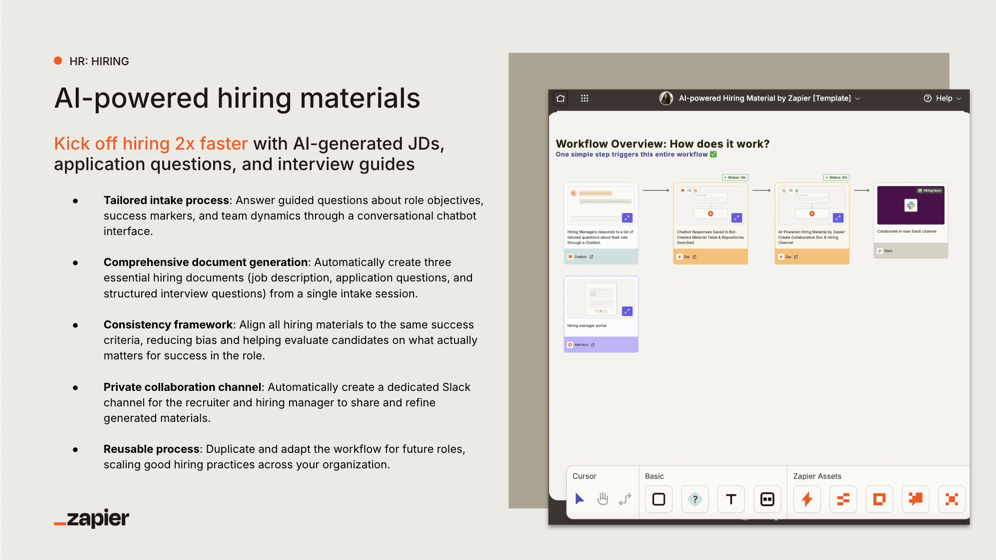
“It gets us 70% of the way there. But the real power is that we can embed inclusive practices, consistent rubrics, and quality standards, automatically," said Tracy.
The takeaway: recruiting isn’t a fixed process. It’s a system to be tested, improved, and rebuilt, just like a product.
3. AI should amplify the human side, not replace it
Both Tracy and Justin agreed: the goal of automation isn’t to replace recruiters, it’s to give them more time for the work only humans can do.
But that also means recruiters need new skills and mindsets.
At Netflix, Justin encouraged teams to break apart their workflows, question assumptions, and test what could be automated, even if it took longer upfront.
“I might spend more time automating a task than doing it manually,” he said. “But I learn something I can apply again. That’s what makes it scale.”
To help embrace this builder mindset at Zapier, Tracy’s team rolled out:
An AI fluency rubric for hiring and upskilling team members
Builder goals to encourage experimentation and automation in day-to-day work
Team rituals like "build time" and "office hours" to make experimentation part of the rhythm
“We need recruiters who think like builders,” Tracy said. “That’s how we future-proof our teams.”
Final takeaway
AI and automation are reshaping recruiting, not by replacing people, but by freeing them to do their best work. When teams think like builders, treat their process like a product, and lead with empathy, automation and AI become a superpower.
“The most impactful teams aren’t just using AI and automation,” said Tracy. “They’re designing their workflows to get the best out of it, and the best out of people.”
Want to build smarter recruiting systems? Jumpstart your automation and AI usage with the HR-led AI transformation work kit.
